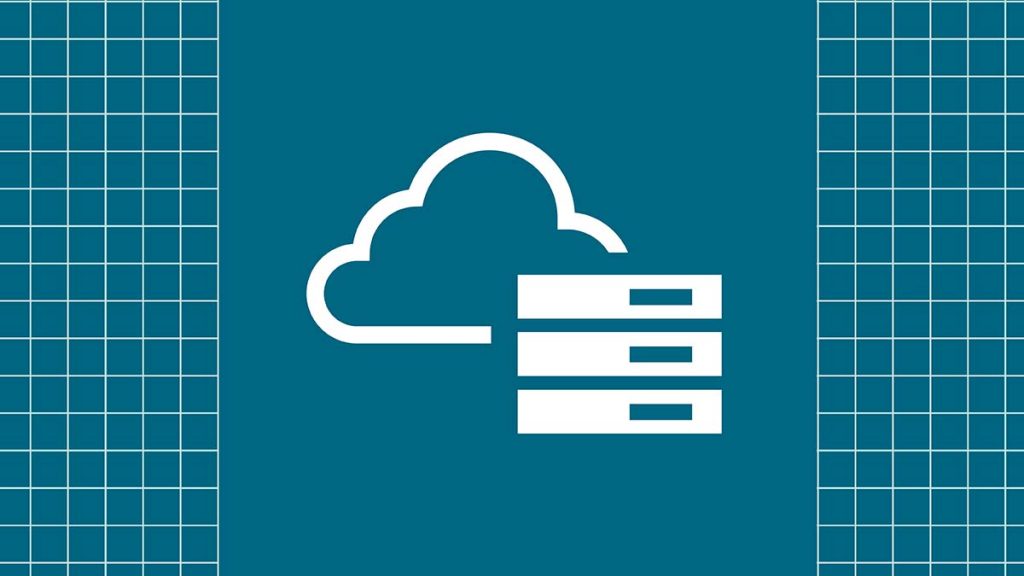A hybrid cloud architecture creates a two-way street where data and applications are shared between on–premises systems and the cloud. Multiple infrastructures are integrated under one comprehensive IT management system for maximum flexibility, allowing businesses to easily move around workloads as cloud computing needs and cost requirements shift.
Think of it in the context of a hybrid workplace, where work takes place from multiple environments: in the office, at home, and in any number of other remote locations. The hybrid cloud operates under the same sort of dynamics, only this time its data and applications split between on-premises, private, and public cloud environments.
As reports indicate, the hybrid cloud is quickly becoming the new normal for businesses embracing cloud adoption. In a survey of 750 IT professionals, 87% of enterprises reported they had already adopted hybrid cloud strategies. What’s more, by 2023, the hybrid cloud market value is expected to reach $100 billion. (Compare that to just $44.6 billion in 2018.)
Let’s look at why more businesses are turning to hybrid cloud solutions.
Why is hybrid cloud becoming the new norm?
#1: Fewer costs
One of the advantages of a hybrid cloud environment is the ability to shift workloads from on-premises to the cloud when demands spike and then scale back when these peak periods subside. This flexibility, paired with the ability to monitor metrics from a comprehensive dashboard, lets IT teams allocate their resources to save computing costs.
Businesses reap the cost benefits of moving a portion of their applications and data to the cloud, and not necessarily a single one, where a third-party provider maintains infrastructures. With fewer funds (and less time) tied up in maintaining on-site servers and relevant assets, IT teams have more profits to funnel into other critical business ventures.
#2: Operational efficiencies
Fully migrating all of a business’s data and applications to the cloud can be complex and time-consuming. And often, it’s a step many companies aren’t ready for — whether that’s due to security and compliance requirements or other business reasons. Not every company is ready to embark on a cloud-native journey that requires full redevelopment of their core legacy applications.
With flexible deployment options and less data and fewer applications to migrate, a hybrid cloud model creates operational efficiencies from day one. Managed from a centralized platform, the hybrid cloud model enables businesses to ease into cloud migration and support growth without causing significant downtime that can come with a complete migration.
The ability to move around workloads also feeds into these operational efficiencies. As demands fluctuate, businesses can avoid stressing on-premises servers and thus reduce the risk of slowdowns or costly downtime.
#3: Enhanced security
In highly regulated industries like financial services and healthcare, it’s preferable — and even mandated — that specific data remain on-premises for security reasons. Being able to manage and control how they send and receive data allows organizations to protect sensitive information and meet compliance regulations such as HIPAA, PCI, DSS, and GDPR. The hybrid cloud model allows companies to limit access to more sensitive data while enabling scalability.
In the case of healthcare organizations, protected health information can be stored on-premises or in a private cloud. In contrast, the public cloud can host the business’s web-based email service and other process-heavy applications. With connections between the two environments, data processing in the public cloud is shared with the on-premises or private cloud, so full transparency is preserved in a patient’s file.
A point of distinction: hybrid vs. multi-cloud deployment
As we discuss hybrid cloud deployment and its rise in use, it’s worth touching on a related topic: multi-cloud deployment. On paper, the two concepts sound similar, and in one fundamental respect, they are: both can involve the spread of data and applications across multiple cloud environments.
Where hybrid and multi-cloud deployment differ relates to their infrastructure. A hybrid cloud combines different types of on-premises and cloud platforms, but a multi-cloud infrastructure combines the same kind of cloud services from multiple providers. This is done in an effort to make collective use of features from each service to meet business needs. Again, very often the technical debt of core business applications requires keeping them on-premises, and multi-cloud only is not an option.
Do your solutions support a hybrid cloud deployment?
Amid the growth of hybrid cloud deployment, Axway is set up to serve businesses that choose this route. Our Managed File Transfer (MFT) solution can be deployed in hybrid cloud architectures, allowing businesses to centralize workflows across environments while retaining control over what data lives on-premises and what data lives in the cloud.
Axway B2B Integration (B2Bi) provides a secure, API-enabled approach to EDI, allowing you to engage customers and partners across your entire digital ecosystem with flexible deployment on-premises or in any cloud.
And our Amplify API Management Platform is the only open, independent platform for governing APIs across teams, the hybrid cloud, and third-party ecosystems – letting you manage your diverse API services and simplifying API production and consumption.
With a hybrid deployment, organizations retain greater control over sensitive data, with the scalability to effectively adapt and innovate as data volumes increase. Use what you have to build what you need: in the cloud, on-prem, or both.
Learn how MFT is evolving to address the broader adoption of cloud services and delivering data in an always-on world.
